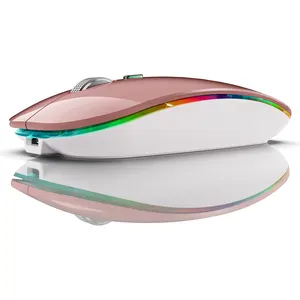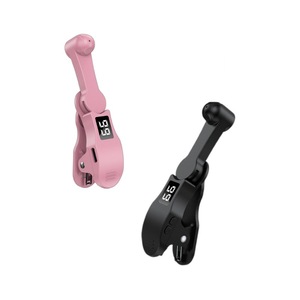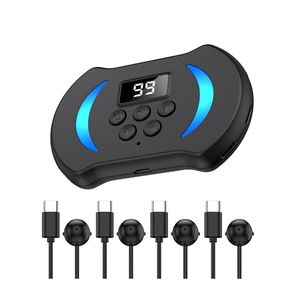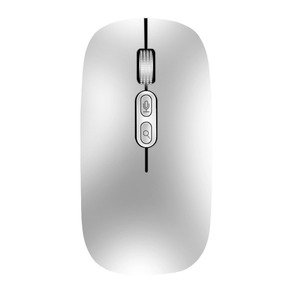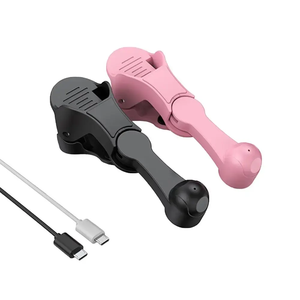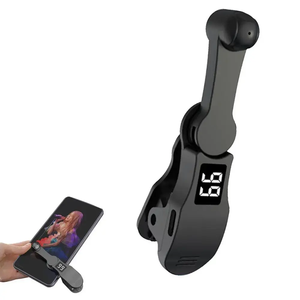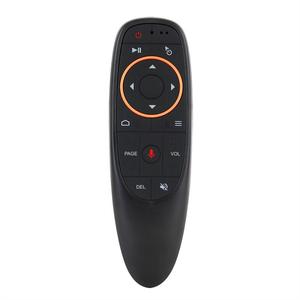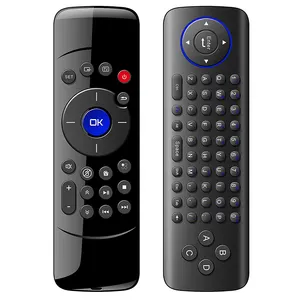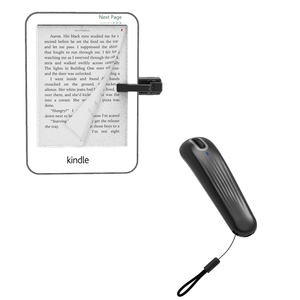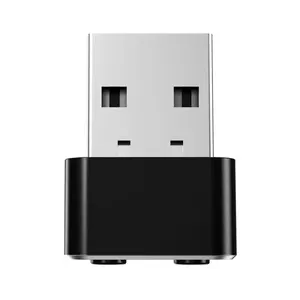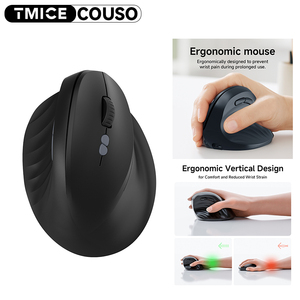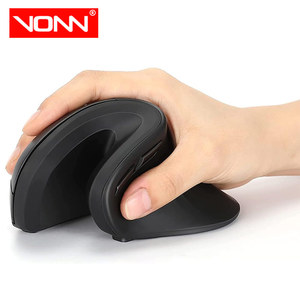Automatic Mouse Clicker



 1/3
1/3



 1/3
1/3



 1/3
1/3



 1/2
1/2


 0
0




 1/3
1/3





 1/17
1/17



 1/1
1/1



 1/3
1/3

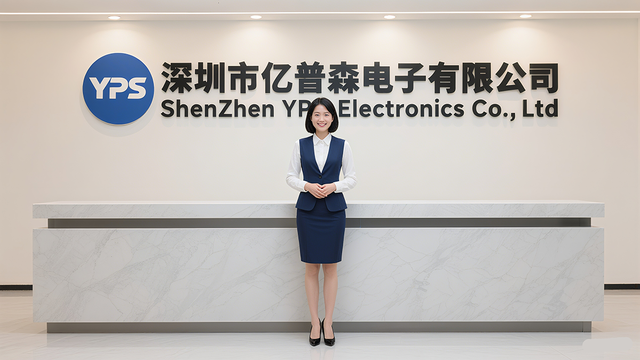
 1/1
1/1



 1/3
1/3








 1/17
1/17






 1/3
1/3



 1/3
1/3



 1/3
1/3










 1/52
1/52





 1/9
1/9







 1/31
1/31


 1/1
1/1
About automatic mouse clicker
Where to Find Automatic Mouse Clicker Suppliers?
China remains the dominant manufacturing hub for automatic mouse clickers, with a concentrated cluster of electronics producers in Shenzhen, Guangdong Province. This region hosts vertically integrated supply chains that specialize in compact USB and wireless automation devices, leveraging proximity to component suppliers for microcontrollers, PCBs, and injection-molded casings. The ecosystem enables rapid prototyping and cost-efficient production, with many facilities operating under ISO 9001-aligned quality systems.
Suppliers in this sector benefit from streamlined access to surface-mount technology (SMT) lines, firmware programming stations, and EMC testing equipment, allowing for batch production scalability. Most manufacturers support both OEM and ODM models, offering customization in housing design, button actuation force, and embedded logic for click interval control. Lead times for standard orders typically range from 15–25 days, with air freight options enabling delivery within 7–10 days globally. Economies of scale are evident in MOQ structures, where per-unit costs decrease significantly at volumes exceeding 100 pieces.
How to Choose Automatic Mouse Clicker Suppliers?
Procurement decisions should be guided by technical capability, transaction reliability, and compliance verification:
Technical & Functional Validation
Confirm product specifications align with intended use—particularly critical for applications requiring undetectable operation or multi-system compatibility (Windows, macOS, Android). Evaluate firmware flexibility: advanced models support programmable click intervals, randomization algorithms, and motion simulation to prevent system idle detection. Request functional test reports or video demonstrations verifying consistent actuation performance over extended cycles (e.g., 10,000+ clicks).
Production and Quality Assurance
Assess supplier infrastructure using these benchmarks:
- Minimum 3,000m² facility with dedicated SMT and assembly lines
- In-house PCB programming and burn-in testing capabilities
- Compliance with RoHS and CE directives for electromagnetic compatibility and hazardous substance limits
Cross-reference on-time delivery rates (target ≥90%) and response times (≤6 hours) as indicators of operational maturity.
Transaction Security and Sampling
Utilize secure payment mechanisms such as escrow services to mitigate risk. Prioritize suppliers with verifiable online transaction histories and reorder rates above 15%. Pre-shipment sampling is recommended—evaluate build quality, switch durability, and packaging integrity before committing to bulk orders. Unit pricing for samples typically ranges from $2.95 to $12.00, depending on feature complexity.
What Are the Best Automatic Mouse Clicker Suppliers?
| Company Name | Location | Main Products | Online Revenue | On-Time Delivery | Avg. Response | Reorder Rate | Min. Order Quantity | Price Range (USD) |
|---|---|---|---|---|---|---|---|---|
| Shenzhen CPYP Technology Co., Ltd. | Shenzhen, CN | Smart Home Appliances, Mobile Accessories | US $60,000+ | 100% | ≤5h | 22% | 1–100 pcs | $4.50–$6.50 |
| Shenzhen Federemote Technology Co., Ltd. | Shenzhen, CN | Remote Controls, Air Mice | US $30,000+ | 70% | ≤4h | <15% | 4–250 pcs | $1.55–$17.82 |
| Shenzhen Bainaohui Electronics Co., Ltd. | Shenzhen, CN | Mice, Keyboards, Gaming Peripherals | US $40,000+ | 93% | ≤3h | <15% | 10–100 pcs | $1.10–$6.90 |
| Shenzhen Zone Huanyu Industrial Co., Ltd. | Shenzhen, CN | Chargers, Smart Accessories | US $90,000+ | 94% | ≤6h | <15% | 5–10 pcs | $1.95–$7.85 |
| Shenzhen Aceliton Electronic Co., Ltd. | Shenzhen, CN | Smart Products, Testing Equipment | US $20,000+ | 93% | ≤3h | <15% | 10–30 pcs | $8.00–$25.00 |
Performance Analysis
Shenzhen CPYP Technology stands out with a 100% on-time delivery rate and competitive MOQs starting at one piece, making it suitable for low-volume buyers and testers. Shenzhen Zone Huanyu leads in revenue volume (US $90,000+), indicating strong market traction and likely higher production throughput. While several suppliers report reorder rates below 15%, CPYP’s 22% reflects stronger customer retention, potentially due to consistent quality or responsive service.
Bainaohui Electronics offers the lowest unit prices ($1.10 at 100 pcs), ideal for budget-conscious bulk procurement. Aceliton positions its products at premium price points ($12–$25), possibly targeting niche markets requiring undetectable or region-branded variants (e.g., “Germany Useful” or “Japan Mobile Phone” models). Buyers seeking cost efficiency should prioritize suppliers with sub-$2.00 unit pricing at scale, while those needing specialized features may justify higher costs through functional differentiation.
FAQs
How to verify automatic mouse clicker supplier reliability?
Cross-check stated certifications (CE, RoHS) against product listings and request compliance documentation. Analyze transaction metrics such as on-time delivery rate, response time, and reorder frequency. Review product descriptions for technical detail depth—reliable suppliers typically specify voltage requirements, current draw, and compatible operating systems.
What is the typical MOQ and pricing structure?
MOQs vary from 1 piece for sample testing to 250 pieces for entry-level bulk orders. Unit prices range from $1.10 to $25.00, with economies of scale evident above 100 units. Wireless and programmable models command higher prices due to added circuitry and firmware complexity.
Can suppliers customize automatic mouse clickers?
Yes, most suppliers support OEM/ODM services including logo printing, color variation, custom packaging, and firmware adjustments for click speed, duration, and randomness. Minimum order thresholds for customization typically start at 500 units, though some accept lower volumes for established buyers.
Do automatic mouse clickers require drivers?
Most models operate in plug-and-play mode via HID (Human Interface Device) protocol, requiring no additional drivers on Windows, macOS, or Android. However, programmable variants with software interfaces may need downloadable configuration tools—confirm driver-free operation if stealth or portability is essential.
What are the common applications for automatic mouse clickers?
Primary uses include automating repetitive tasks in office environments, preventing screen timeouts during presentations, simulating user activity for remote systems, and supporting mobile gaming or app testing workflows. High-end models are engineered to mimic natural human input patterns to avoid detection by anti-idle or bot-detection systems.














